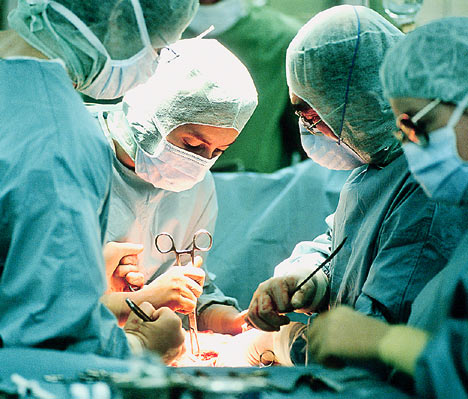Canadians have made many great contributions to modern medicine, and our understanding of the human body. The discovery of Insulin is a well-known Canadian contribution. You may have also heard of Pablum, a cereal for infants containing the vitamins needed healthy development. What about the discovery of the T-cell receptor, a contribution to drug development? There’s also the Cobalt Bomb, first used in Canada
Canadians have also made significant efforts in cardiovascular research. In particular, Canadian surgeon and hypothermia researcher Dr. Wilfred Bigelow, whose research allowed the first open-heart surgery on a human.
Though it is believed that heart surgery began in the 19th century, operating inside the heart is much newer. Before the 1950s, when a patient had a heart defect, doctors were limited to external repairs, because there was no way to safely stop blood flow.
Through Dr. Bigelow’s hypothermic research in the early 1940s, some involving the study of hibernating animals, he discovered that lowering the temperature in the limbs also reduced the amount of oxygen required for that part of the body. He applied this knowledge to the internal organs of the body, and concluded that hypothermia would allow doctors to operate on the heart without killing other organs or destroying the heart itself. In 1952, the first open-heart surgery was performed on a 5-year-old girl who had a hole in her heart.
Interrupting circulation meant disrupting oxygen flow to vital organs, like the brain, causing fatal damage. The lower temperature reduced the oxygen requirement, but this was not effective for very long. When the heart-lung pump was invented, this became part of the procedure, an addition to the cold chemicals that are injected into the coronary arteries.

Today, though this is still a highly effective method of open-heart surgery, surgeons have not stopped improving their methods. It is now possible to perform an operation on a beating heart, though one that has been stabilized so that it is almost still, which has in some cases proved safer. There is even robot-assisted surgery, introduced in 1999; less invasive, a surgeon operates robotic arms which enter small holes cut in the chest, so that the chest is not wide open and bones remain untouched. The heart can also pump naturally, reducing recovery time and risk.

Dr. Bigelow, along with Dr. John Callaghan, is also credited with the idea of the pacemaker. Though the first pacemaker was not used until much later, Bigelow discovered in 1949, that by prodding a stopped heart with a probe, he could make it restart. He and Bigelow began to work with the idea that en electric shock to the heart could achieve the same affect. Thus, the pacemaker eventually came about.
It’s amazing how far we’ve come in medical technology, and amazing what researchers have and continue to achieve. It takes many minds to devise and improve something as great as heart surgery, yet there is no doubt that even a single idea can lead us into the future.
Like I said, there's a much longer list. Here's two more of our life-saving accomplishments:
It's true...we can't live without technology.
First In Canada to Use Endoscopic Ultrasound Technology